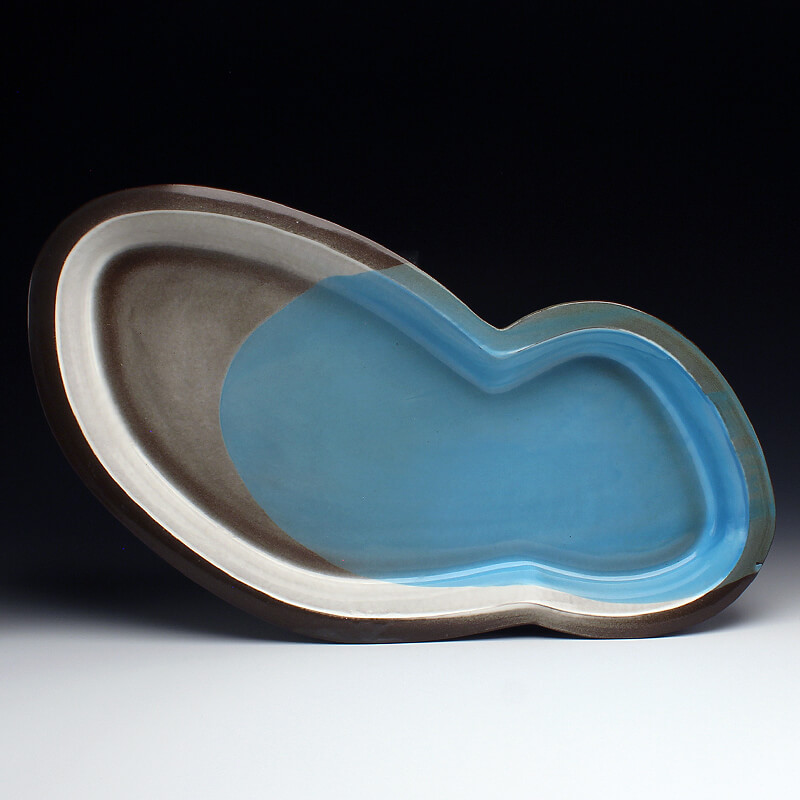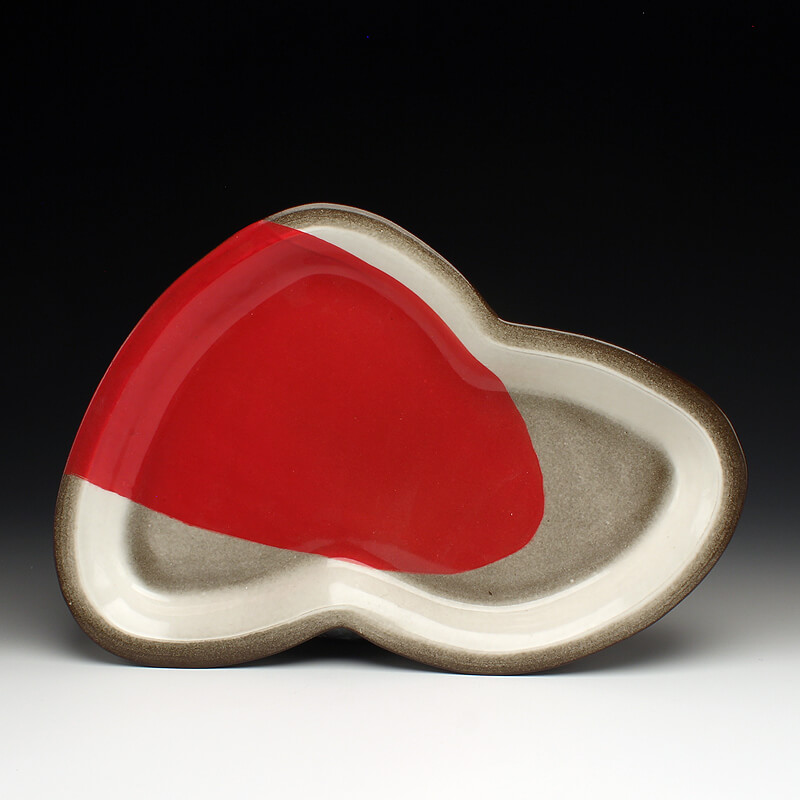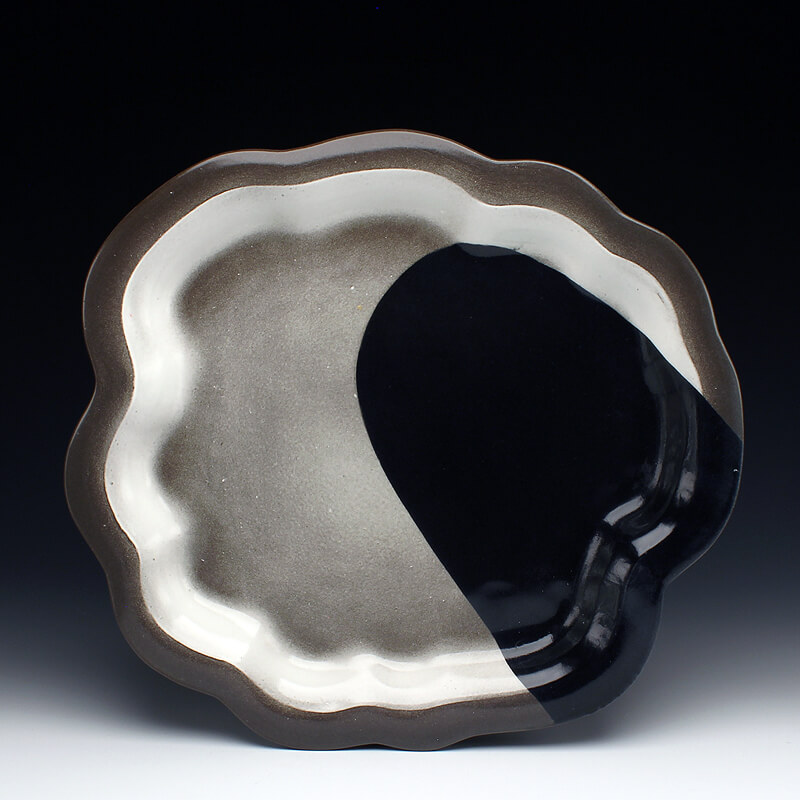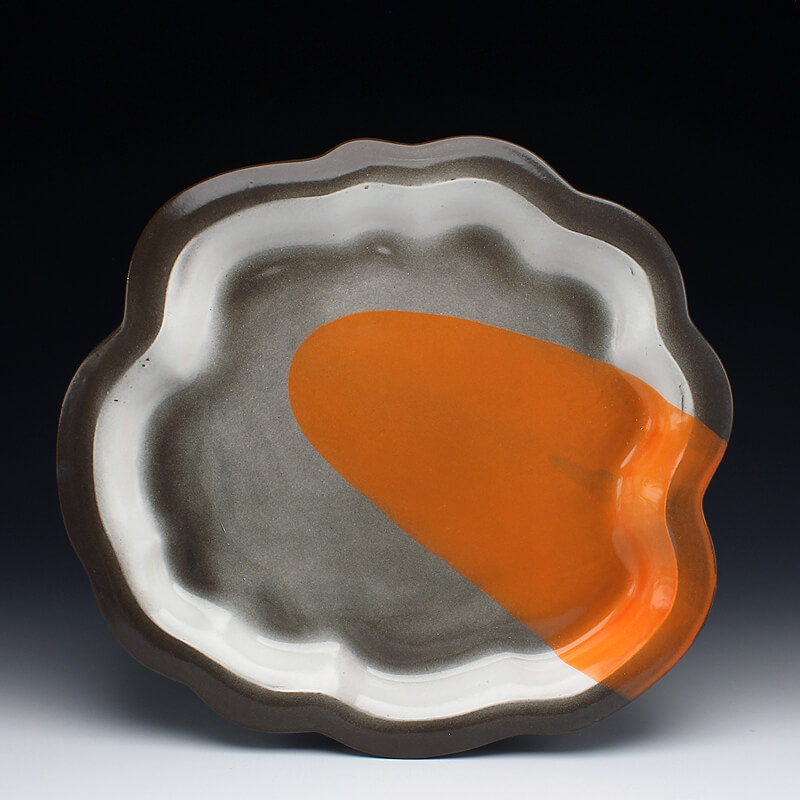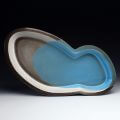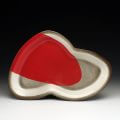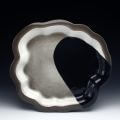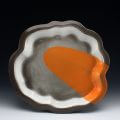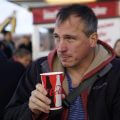
Red Lodge Clay Center – Short-Term Resident (AIA) 2023
Andy Shaw is an Assistant Professor of Ceramics at East Carolina University. Previously he taught for 16 years at Louisiana State University. His creative projects include the conceptual development and coordination of the Mid-Atlantic Keramik Exchange (MAKE) residency in Reykjavik Iceland, the LSU Ceramics Factory team-production studio, the first Queeramics Symposium held at LSU, and The Boneyard exhibition at LSUMoA. Andy has completed nationally and internationally based artist residencies including the Royal Danish Academy (2024), SÍM Residency in Reykjavik, Íshús Hafnarfjarðar in Hafnarfjörður, MAKE 2019, and MAKE 2022 all in Iceland, AIA with the Red Lodge Clay Center, the Nova Scotia College of Art and Design in Canada, the Northern Clay Center of Minneapolis as a funded McKnight Artist, The Clay Studio of Philadelphia as the 2007 Evelyn Shapiro Foundation Fellow, the Archie Bray Foundation, and at the Arrowmont School of Crafts. In 2000 he earned his MFA from the New York State College of Ceramics at Alfred University and in 1992 a BA in History from Kenyon College. He also studied at Penn State University, the University of St. Andrews in Scotland, and apprenticed at Basin Creek Pottery, Montana.
Among the distinguished permanent holdings of his work are the Garth Clark and Mark Del Vecchio Collection at the Museum of Fine Arts, Houston, the Swidler Collection at the Crocker Art Museum in Sacramento, the Philadelphia Museum of Art, the Everson Museum of Art, and the E. John Bullard Collection at the LSU Museum of Art. Louisiana State University recognized him twice with Outstanding Teaching Awards.
In 2015 my work entered a transitional period, one which I’ve termed The Bridge. As an examination of creative practice, The Bridge intentionally positions between the two points away and towards, one point that acknowledges known, acted upon resolutions and another that feels its way through process and outcome towards shifts in artistic identity. The Bridge tests what I carry forward as well as what I can release.
The trays, as my most recent body of work, is a position on The Bridge, one that presents aspects of both points. In moving away, I sought to change clay body color, to adopt handbuilding forming methods, and to develop a mold-based system. The trays begin with bisque ring molds that I carve from thick slabs of clay. Designing shapes for the rings is my favorite part of this work and serves as an aspect of moving towards by innovating a new formal language. During the Mid-Atlantic Keramik Exchange in Iceland I allowed the rings to exist for the wall, liberating them from being used as molds for shaping functional trays. As much as I love and have loved function, The Bridge presents broader applications that, in time, will transform the clay work, its display, and subsequently how I align my creative practice with outcome.
Each tray holds an intrusion of color. During a 2016 sabbatical, the word Interference represented the idea of a perception that can undermine, obscure, and reconfigure the experiencing of reality. I felt this while in Narsaq Greenland, which sits at the confluence of ice-filled fjords. Hearing the sound of icebergs calving echoing off the water and mountains, I wanted to investigate. I walked to a rocky outcrop to sit for an hour to watch a large iceberg that was grounded a short distance from shore. As I sat, looking at water trickling off the ice into the fjord, I said out loud, “I wonder what it’s like to be here?” This was my first instance of interference as I was physically there on the rock with Greenland all around me, but my awareness of being a visitor created a kind of barrier. What my mind was looking for was familiarity with place, the sense of knowing that only comes from living and participation over time. As a visitor, I did not have that. I was as aware of this fact as I was of the ice in front of me.
Throughout my career, my work feels best when these internal conversations sneak out and align in the work. Seeing color on the trays act within a dynamic relating to what I felt as interference indicates that time on The Bridge is leading somewhere.

